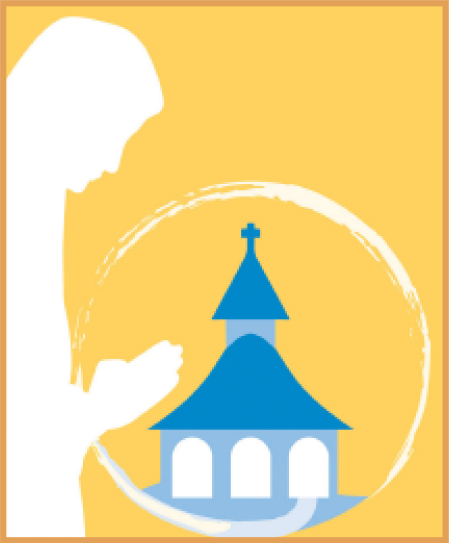
The Hospitality Notre-Dame is a set of three buildings for the reception of the sick and their companions. Currently, it has a capacity of 360 beds and allows patients to have an extended stay with the Virgin of the Poor.
The message of the Beautiful Lady attracted less fortunate people at the end of the apparitions. This source is for the sick. I come to relieve suffering. Patients who took the trouble to come to Banneux sometimes came from far away and hoped for lodging on site. Fortunately, the castle of Fawes which is two kilometres away from the place of the apparitions was for sale and could be arranged quickly. Furthermore, this idea evolved to build a basilica near the castle, but the project did not succeed. Is there a very quick sign from the sky to indicate that the sanctuary was to be on the scene of the apparitions?
The first stone of the current hospitality was put in place in December 1938. The reception of the first pilgrims was planned in May 1940, but the plan was impossible because of the war. The building was occupied by German soldiers, and then by children’s holiday camps. In June 1946, it finally found his true destination.
Over the decades, the hospitality has been expanded and modernised. There are more rooms, it has large dining rooms, a chapel, meeting rooms and a modern kitchen. It is obviously suitable for disabled people.
Four-day pilgrimages (“Triduum“) are offered throughout the season, from Easter to mid-October. Pilgrims are supervised by volunteers and get an advantage of services offered by Hospitality staff. Other groups of pilgrims are welcome outside the busy hours by the less fortunate people.
The hospitality, it is a universal value!
When the host comes into the house, God is at home (Russian proverb).
There is no greater happiness than the arrival of a guest in peace and in friendship (African proverb).
Let brotherly love continue. Do not neglect to show hospitality to strangers, for thereby some have entertained angels unawares (Letter to the Hebrews, 13, 1-2).









